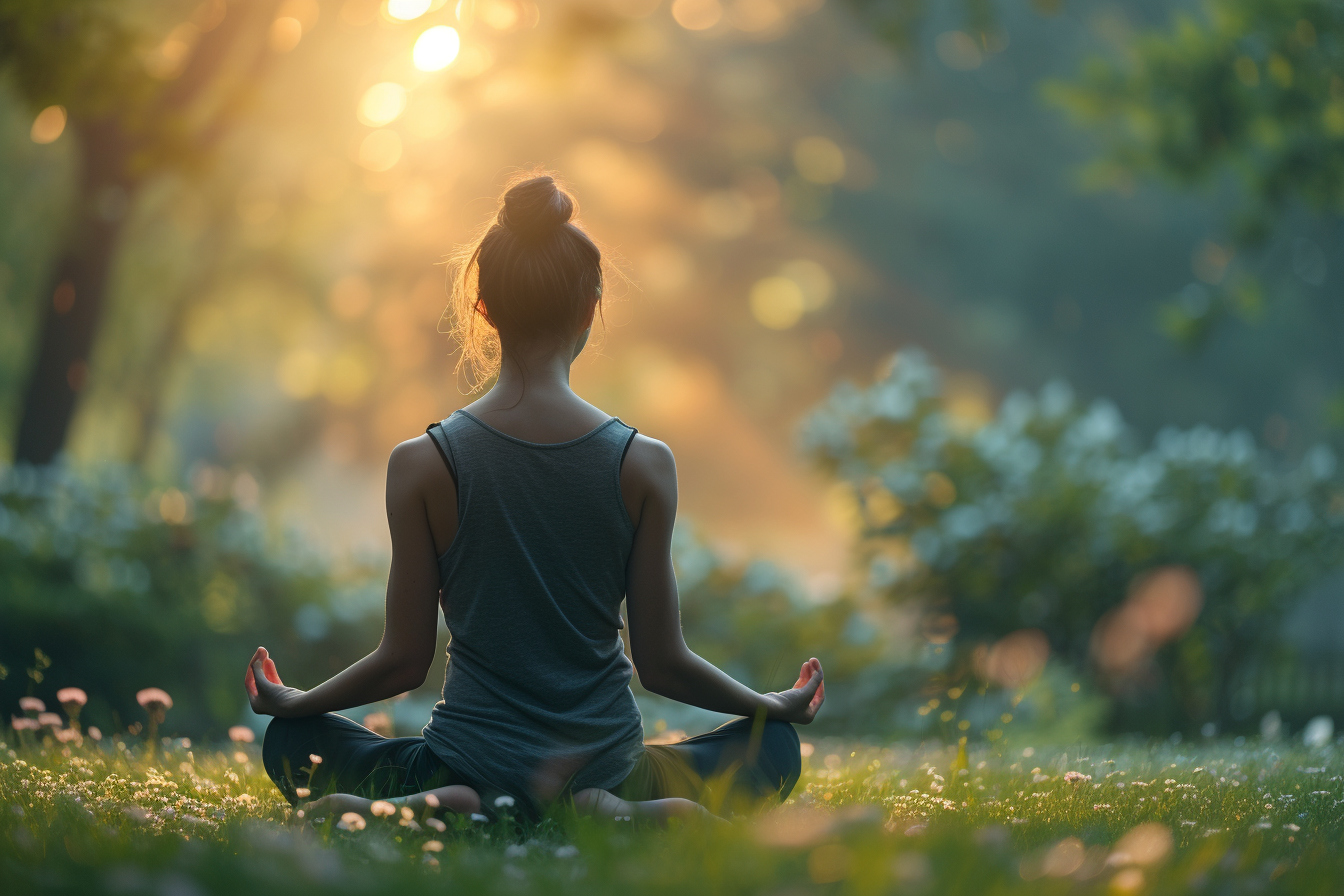Improving one’s well-being and mindfulness can often start with the simplest of all physiological acts – breathing. Breathing techniques have been used for millennia as a confluence point between the physical and the mental, with traditions citing their importance for overall health. The delicate art of controlling one’s breath brings along a plethora of benefits, ranging from reduced stress to improved cognitive function. This comprehensive guide delves into various breathing techniques and their specific advantages for enhancing your mental and physical state.
The basics of breathwork
Understanding how breathing affects the body and mind is fundamental. The process of inhaling oxygen and exhaling carbon dioxide is automatic, but when you take control of it, you take an active role in regulating your nervous system. Deep and conscious breathing can activate the parasympathetic nervous system, leading to a state of calm, while shallow, rapid breathing might trigger the sympathetic nervous system, resulting in a stress response.
Why focus on breathing?
Scientific studies have shown that controlled breathing can help in managing blood pressure, reducing symptoms of anxiety, and enhancing attention. Mastering breathing techniques can also improve pulmonary function and aid in the management of respiratory conditions.
Finding the right posture
Before delving into different techniques, perfecting your posture is a necessary step. A good posture allows your diaphragm to move freely and your lungs to expand maximally. Sit with your back straight or lie down in a comfortable position as you practice.
Core breathing techniques for improved well-being
Being aware of the different ways to harness the power of your breath is vital. Each technique serves a particular purpose and can be used as per the need of the hour.
Diaphragmatic breathing
Also known as belly breathing, this technique emphasizes engaging the diaphragm during inhalation to achieve deeper breaths. To practice:
- Place one hand on your chest and the other on your belly.
- Breathe in slowly through your nose, ensuring that your belly rises more than your chest.
- Exhale through your mouth, feeling the belly fall.
This approach promotes relaxation and is often recommended for stress reduction and tension relief.
4-7-8 breathing
The 4-7-8 technique is a simple yet powerful practice that can serve as a natural tranquilizer for the nervous system. Here’s how you perform it:
- Inhale quietly through the nose for 4 seconds.
- Hold the breath for a count of 7 seconds.
- Exhale completely through the mouth for 8 seconds.
This pattern can have a sedative effect and is particularly useful before sleeping.
Box breathing
Favored by high-stress professionals, including military personnel and athletes, box breathing emphasizes control and consistency. The pattern is as follows:
- Inhale for 4 seconds.
- Hold the breath for 4 seconds.
- Exhale for 4 seconds.
- Hold the lungs empty for 4 seconds.
Repeat this cycle to clear the mind and increase focus.
Alternate nostril breathing
Rooted in yogic traditions, alternate nostril breathing, or Nadi Shodhana, is believed to balance the body and mind. The steps include:
- Sit comfortably, placing your left hand on your knee.
- Use your right thumb to close your right nostril.
- Inhale deeply through the left nostril.
- Close the left nostril with your fingers and open the right nostril to exhale.
- Inhale through the right nostril, then switch closure to exhale through the left.
This practice is thought to harmonize the two hemispheres of the brain and is an excellent prelude to meditation.
Kapalabhati or “skull shining breath”
Kapalabhati is a stimulating and cleansing technique often included in yoga routines. It involves:
- Sitting in a comfortable meditation posture.
- Performing a series of rapid and forceful exhalations followed by passive inhalations.
With each exhale, the abdomen is forcefully drawn in, which tones the abdominal muscles and cleanses the lungs.
Integrating breathing techniques into daily life
Experts agree that regular practice yields the best results. Start with just a few minutes a day and gradually increase your time spent on breathwork. These practices can be integrated into your morning routine, used during breaks at work, or engaged in before bedtime to promote sleep.
Breathing for stress management
When faced with anxiety-inducing situations, employing techniques such as diaphragmatic breathing can offer immediate relief. Managing stress becomes more achievable as controlled breathing forces the body into a state of relaxation, lowering cortisol levels and reducing the heart rate.
Breathing for optimal performance
Athletes often use controlled breathing, like the box breathing technique, to enhance their performance under pressure. It helps in maintaining poise and contributes to steadier focus and better decision-making abilities.
Breathing and mindfulness
Mindful breathing acts as a bridge to present-moment awareness. It is a staple in mindfulness meditation practices as it anchors the mind, preventing it from wandering and helping it to attain a state of alert calmness.
Advanced breathing techniques and safety
While breathing techniques are generally safe and beneficial, some practices, like Kapalabhati, might not be suitable for everyone, especially people with respiratory issues or hypertension. As with any wellness practice, it is wise to consult a healthcare provider or a trained instructor if you have underlying health conditions.
Final thoughts
Breathing techniques are powerful tools for enhancing well-being and mindfulness. Regular practice can elevate the quality of both your mental clarity and physical health. Whether seeking serenity, improved concentration, or greater physical vitality, breathwork is an accessible avenue worth exploring.
Embarking on a breath-focused journey invites a host of improvements in one’s life. Dive deep into the practice, experiment with different techniques, and observe the transformation within yourself. Remember that the beauty of breathing as a tool lies in its utter simplicity and profound impact – all it requires is your presence and attention.

Leave a Reply